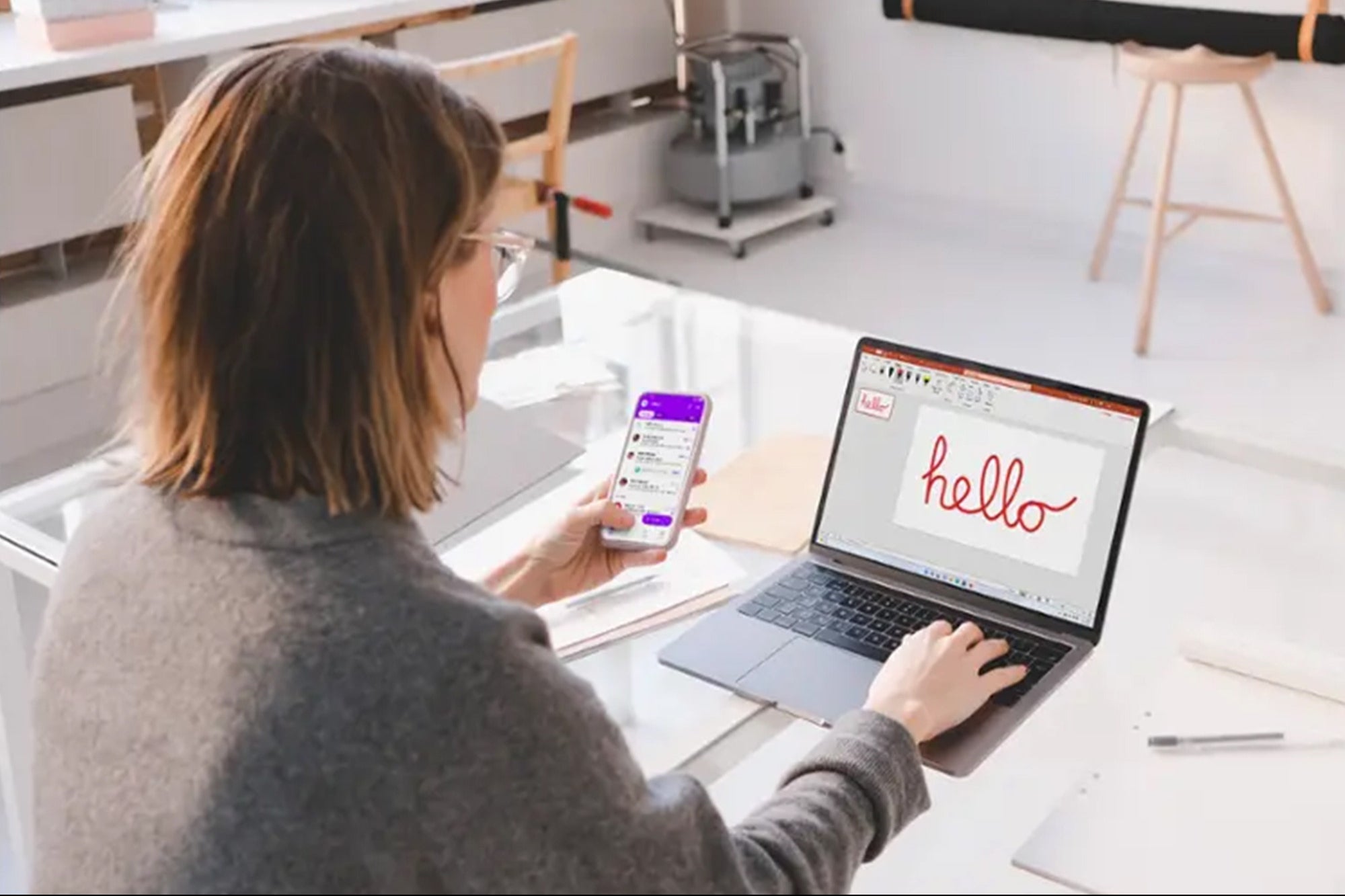When Workers Own the Company Research suggests that employee stock-ownership plans boost output and engagement. These 7 steps will help your company create one.
Opinions expressed by Entrepreneur contributors are their own.

Employee ownership -- profit sharing, stock sharing and other employee-ownership plans -- can increase your workers' productivity and innovation.
Research shows that workers at companies with employee ownership plans work harder, are more creative and more loyal. That translates into better company performance.
For instance, a Rutgers study in 2000 found that annual sales growth, employment growth, and growth in sales per employee was or 2.3 percent or 2.4 percent greater at companies with employee stock-ownership plans (ESOPs).
Related: What Employee Stock Ownership Plans Mean for Entrepreneurs
"The impacts are larger when the programs are larger, as in many closely held ESOP companies and some model publicly traded companies," say Rutgers professors Joseph Blasi and Douglas Kruse and Harvard economist Richard Freeman, in their new book The Citizen's Share.
The researchers estimate that 47 percent of full-time workers in the U.S. have some form of ownership in the company employing them, including 40 percent who enjoy profit sharing, 21 percent who have stock ownership, and 10 percent with stock options.
The large number, they say, "demolishes the skeptics who dismiss broad-based capitalism as a niche form of business practice with the refrain, "If this really works, why isn't everyone doing it?"
In addition, the authors say studies show that employee ownership isn't just prevalent at large companies or high-tech firms.
Related: How to Motivate Creative Employees
Is an ESOP right for you? For many small, closely held private companies, ESOPs are the preferred way to grant employee ownership. They're usually good choices for closely held companies planning to stay private but that do not have a selling owner, according to the National Center for Employee Ownership. They're also good for closely held companies with owners looking to sell some or all their stock, while stock options are best for companies planning to go public or be acquired.
Entrepreneurs often wonder if their company is large enough to have an ESOP. There's no universal answer, but they're best for companies with at least 20 employees, the Washington-based ESOP Association advises. A firm of 20 employees might reasonably expect to pay about $2,000 per year as a base cost, plus $30 to $60 per employee.
Companies with an ESOP contribute shares to a trust or cash to buy shares, often borrowing money to buy the stocks. The company's contributions are tax deductible and the business owner can sell stock at a lower capital gains tax rate. Contributions are allocated to individual employee accounts within the trust, usually in proportion to the employees' compensations, but sometimes based on years of service or a combination of the two.
The National Center for Employee Ownership recommends following these seven steps when your company is planning to set up an ESOP:
1. Get everyone on board. Make sure all company stakeholders support the idea. Co-owners can cause trouble down the road if they disapprove.
2. Conduct a feasibility study. It could be a business plan done in-house or a full-blown analysis by an outside consultant if there are questions about the plan's ability to repay the loan.
The study should determine if the company has enough extra cash flow to dedicate to the plan and estimate the repurchase obligation. (Employer contributions to the ESOP generally are tax deductible up to a limit of 25 percent of covered payroll, according to the National Center for Employee Ownership.)
Related: How to Value Your Startup
3. Conduct a valuation. Find a rough stock-value estimate. That's easy for a public company but might be speculative for a closely held private firm.
4. Get legal help. Hire an ESOP attorney to draft a plan and submit it to the IRS. Tell your attorney up front exactly how to set up the plan to avoid future complications. The IRS may take months to approve the plan, but you can start making contributions before then.
5. Obtain funding. The plans can borrow money from banks or other financial institutions and use ongoing contributions and existing benefit plans such as pensions or even profit sharing plans.
6. Set up operation. Choose a trustee to oversee the plan and a committee to direct the trustee. The trustee is typically someone from inside the firm, and the committee is usually composed of company managers, although many firms have some nonmanagement representation.
7. Communicate. Creating a process to communicating to employees how the plan works getting them involved as owners is critical final step.
Related: Seven Ways to Boost Employee Morale










